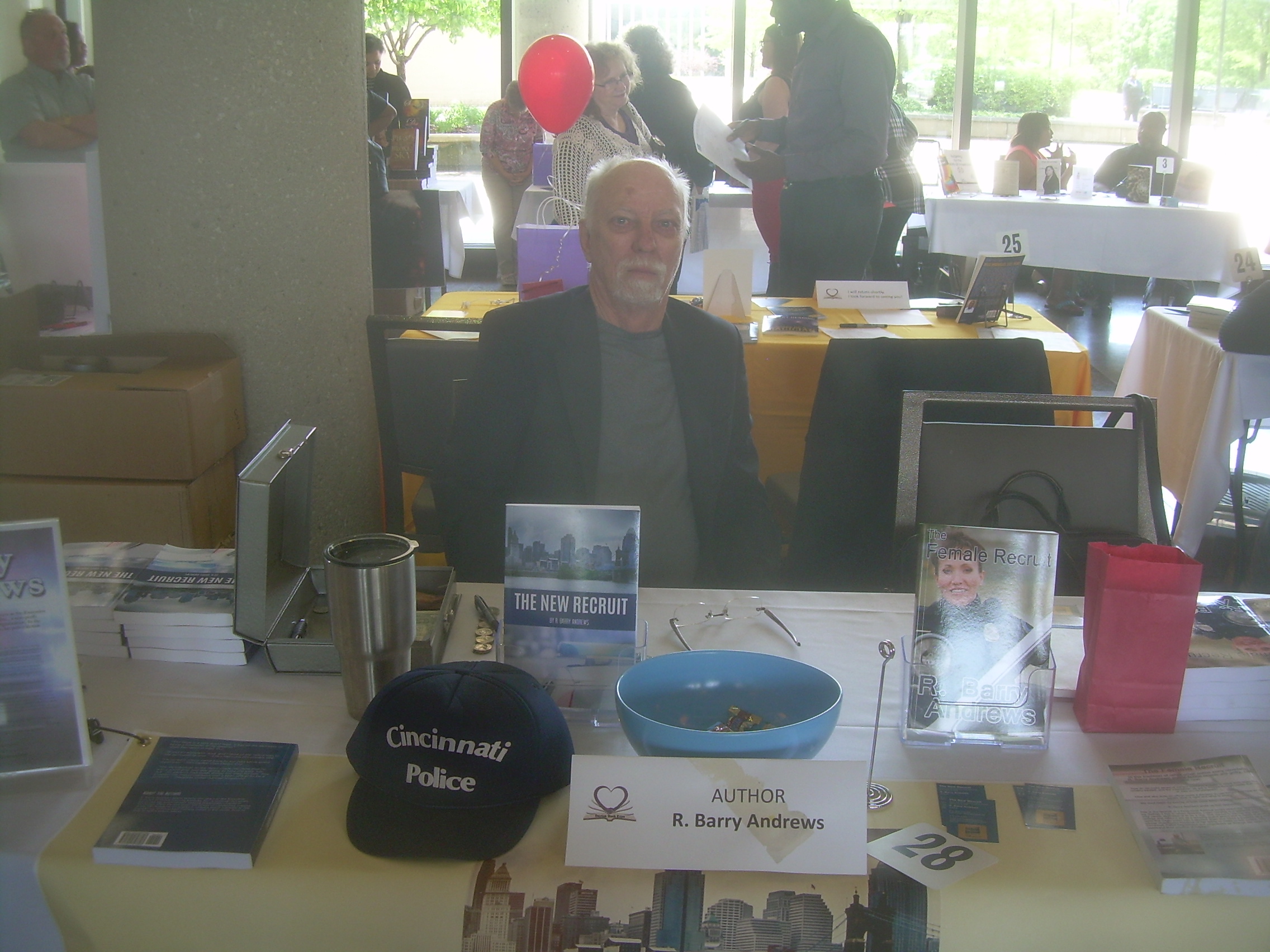
American police training is recognized throughout the world as the best. Recruits are given intense training in a short period of time. In Scotland, police cadets attend (and live at) the Scottish Police College for five years before they ever see the streets. In England, officers receive eighteen months of training in pursuit driving on live streets. The training of American Police Officers changes regularly to attempt to stay up with current methods and practices.
But it may be time for an unexpected update in training programs for American cops. Looking at recent incidents in South Carolina, Ohio, Illinois, and Minnesota appear to have occurred due to the emotional response of the officer. Current training focuses on the necessary skillset to detect and investigate criminal behavior, but fails to focus on emotional detachment from the events which escalate in split-seconds.
Police recruits and veterans receive extensive training on de-escalation techniques on reducing the emotions of others, but almost no training on controlling their own emotions. The fact is that almost all police use of deadly force is reasonable, but the question which will always remain unanswered is whether or not it was necessary.
Let us take a look at some of the celebrated cases. Everyone will determine their own answer as to whether or not deadly force was actually necessary.
(1) A young man slowly approaches a police officer with a knife in his hand. The twenty-one foot rule is inapplicable because the officer has already drawn his firearm.
(2) A police officer reaches into a vehicle to turn off the ignition as the driver starts the engine and places the car in gear.
(3) A man reaches into his pocket laying on the ground. That pocket contains a firearm, but the only thing that can be shot until it is removed is the man’s own leg.
(4) A man reaches into a disabled vehicle.
(5) A driver, who has said he has a CCW permit, has a firearm in a holster.
Nothing written here is intended to state that the officer made a bad or worng decision to use deadly force. The decision was reasonable under the specifc circumstances that they faced, Each reader will make their own determination as to whether or not the force was necessary.
SCOTUS wrote the rules by which force must be judged understanding that police officers are humans and need to make instantaneous decisions in high-stress situations. State law, on the other hand, sets a standard of “necessary” as well. That, arguably, is a standard which cannot be measured.
By training officers to understand their own emotions, they may find that deadly force is not required until the threat is “imminent.”